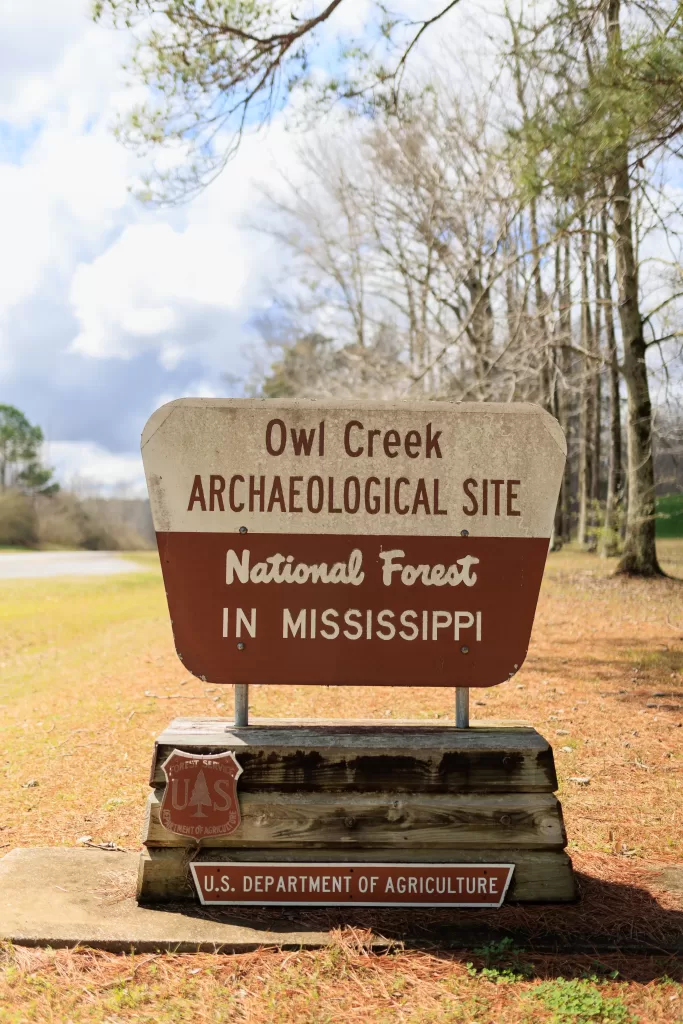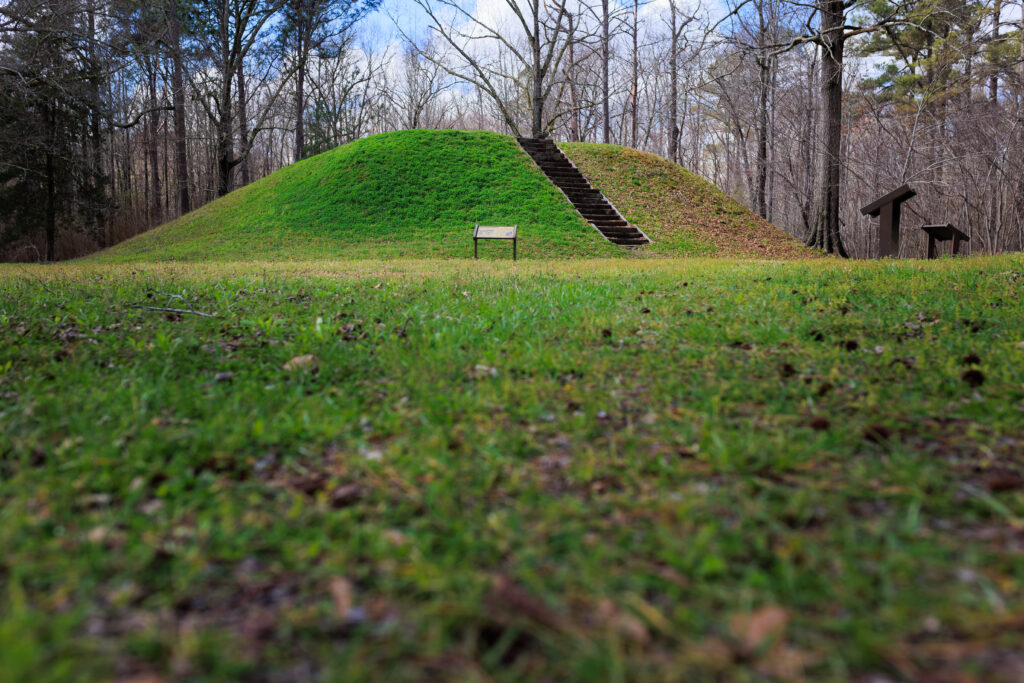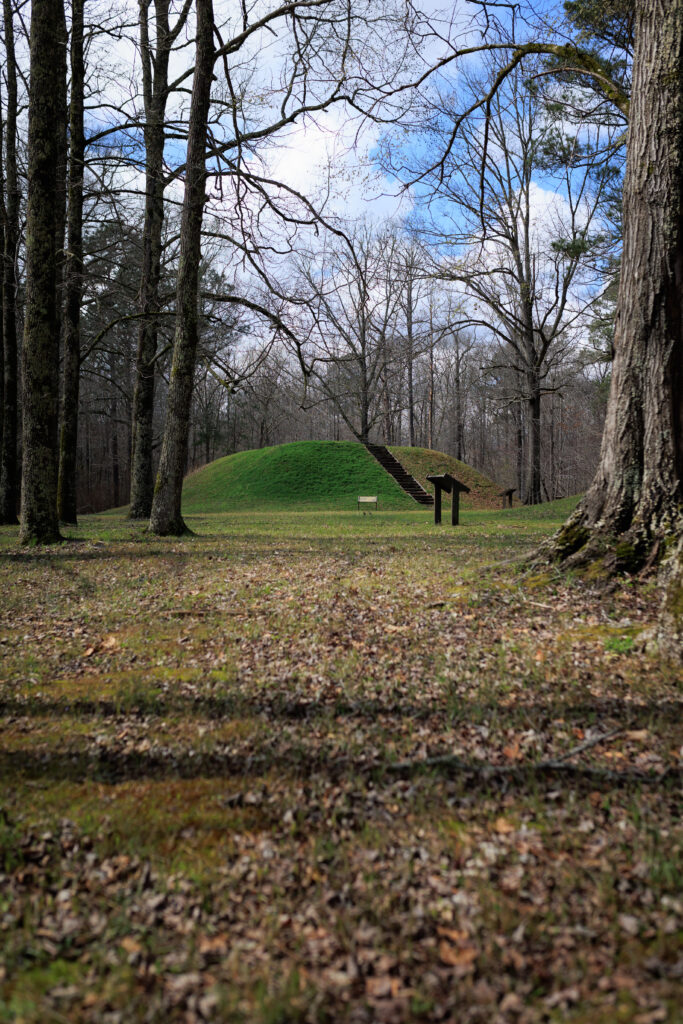The Owl Creek Archaeological Site is a Native American ceremonial complex located in Mississippi’s Tombigbee National Forest. The mounds are believed to have been built between 800 and 900 years ago during the Mississippian era. The site is on the National Register of Historic Places and is open to the public for free.

The Owl Creek Mounds are made up of five platform mounds that were arranged around a central plaza. The largest mound, Mound I, is 17 feet high and is believed to have been used as a ceremonial temple or elite residence. The other mounds were likely used for a variety of purposes, such as housing, storage, or agricultural activities.

Archaeological excavations at the site have revealed a wealth of information about the people who lived at Owl Creek. Artifacts found at the site include pottery, stone tools, and human remains. The pottery is decorated with geometric designs and is similar to pottery found at other Mississippian sites in the region. The stone tools include axes, knives, and projectile points. The human remains found at the site suggest that the people who lived at Owl Creek were well-fed and healthy. This is Mississippi of course!

The Owl Creek Archaeological Site is a valuable resource for understanding the Mississippian culture. The mounds, artifacts, and human remains found at the site provide a glimpse into the lives of the people who lived in this region centuries ago.